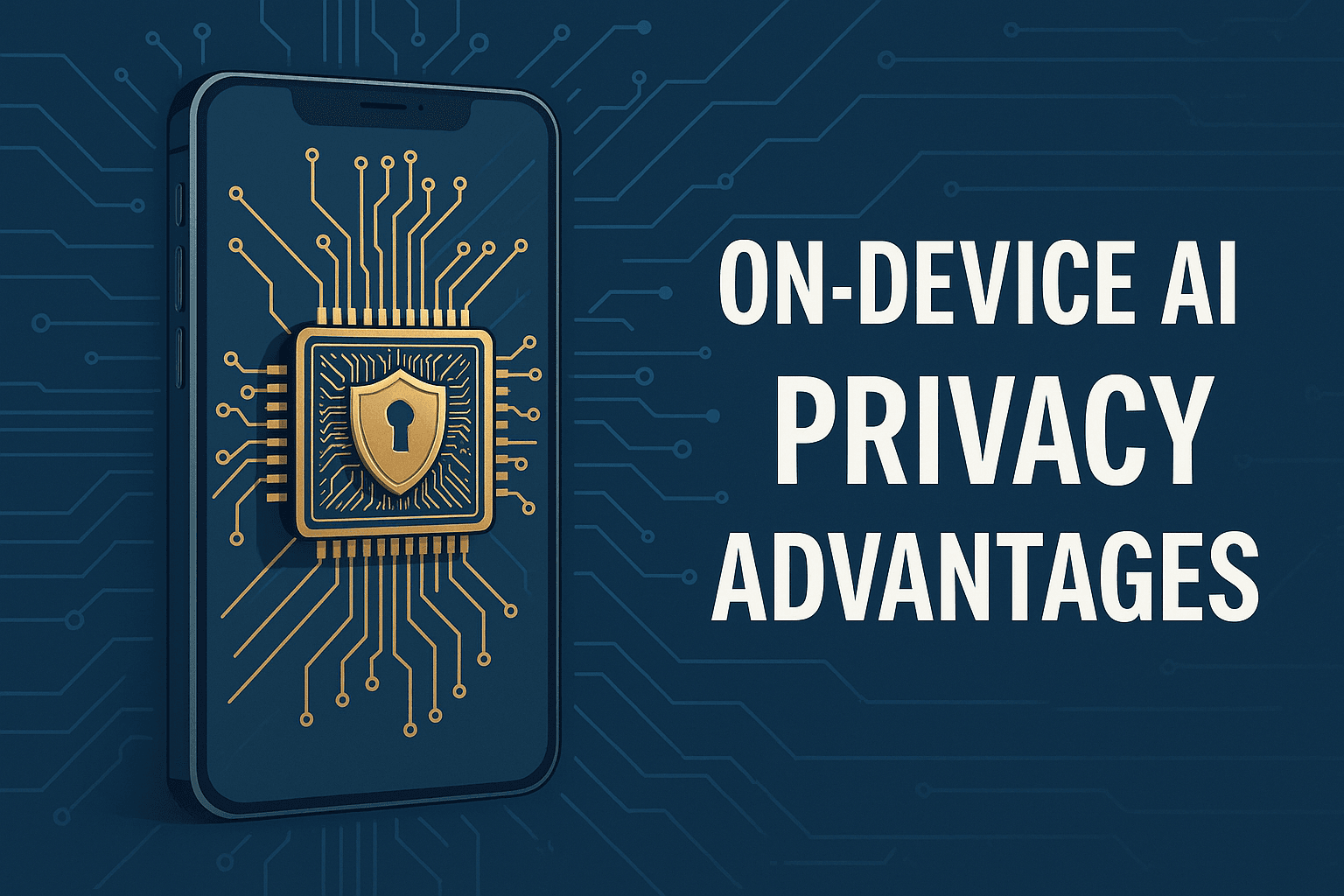
Smart-home finally speaks one language (mostly): what Matter changes
For years, smart-home devices worked well—just not together. A newer standard aims to fix that by giving bulbs, locks, and sensors a shared language. The goal isn’t fancy marketing; it’s basic interoperability so you can mix brands without becoming a part-time IT admin.
The promise is simple: setup that’s faster, and routines that work across brands without juggling multiple hubs. Scan a code, name the room, and it just appears across your preferred apps. In practice you still make choices—Wi-Fi vs. low-power mesh, battery vs. wired—but the standard smooths the handshake so devices discover each other reliably.
Reality is improving but uneven. Many new devices support the standard out of the box; older gadgets may need firmware updates or won’t join at all. Expect a hybrid period where some products live on bridges while newcomers join natively. That’s normal. Keep an inventory, update methodically, and retire the stragglers over time.
Local control is a standout perk. When lights and sensors talk directly at home, automations feel instant and keep working if the internet blinks. Motion turns on a hallway light with no cloud round-trip; a door sensor can arm a chime immediately. Local scenes also reduce latency stacking—no more “tap… wait… maybe?” moments during a dinner party.
Apps get simpler too. You can add a device once and control it from the major ecosystems you already use. Voice, wall switches, and phone apps stay in sync, so renaming “Lamp Left” to “Floor Lamp” doesn’t produce three different identities. Shared semantics matter: a “lock” is a lock everywhere, which cleans up routines and permissions.
There are gaps—particularly with cameras and some advanced features. Video is bandwidth-heavy and policy-sensitive; vendors take longer to align on feeds, encryption, and analytics. High-end options like complex multi-sensor rules, energy dashboards, or pro-grade security modes may still sit outside the common layer for now. Expect iterative updates rather than a single “it’s done” moment.
If you’re upgrading, prioritize devices with the badge today and keep receipts for older gear. Start with foundation roles—smart plugs, bulbs, sensors, and locks—then layer in switches and thermostats. Place always-on devices centrally to strengthen the mesh, name rooms consistently, and avoid duplicate automations that fight each other. A few habits help: label breakers, document Wi-Fi SSIDs, and take photos of wiring before swaps.
Security and privacy benefit from the shift. Local routines reduce cloud exposure, and standardized onboarding improves credentials and key handling. Still, use strong router passwords, enable automatic updates, and audit permissions—who can unlock doors, who can view cameras, and which notifications reach your phone.
The mixed transition is worth it for a calmer, faster smart-home. You’ll feel it in small ways: lights that respond, scenes that run in under a second, guests who can use a wall switch without a tutorial. That’s the point—not “smart” as spectacle, but smart as invisible, reliable comfort.
 Personal Development
Personal Development Building a Better Self: Americans Embrace Personal Development
Posted on 2025-09-16
The journey of personal development has become a cornerstone of modern American life. From reading s...
 Career & Business
Career & Business Side Hustles That Can Turn Into Full-Time Businesses
Posted on 2025-10-03
Starting a side hustle is a popular way to explore passions, generate extra income, and test busines...